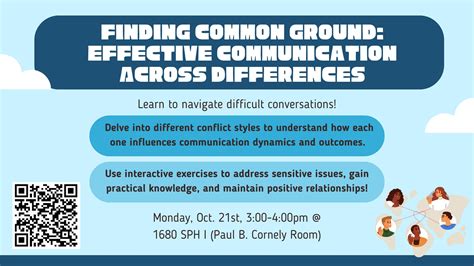Conflict is an inevitable part of any relationship, and how couples navigate these disagreements often determines the health and longevity of their bond. For men, developing effective conflict resolution skills is not just about winning an argument; it’s about fostering deeper understanding, strengthening connection, and building a more resilient partnership. Here’s tactical advice to help men approach relationship conflicts more effectively.
Prioritize Active Listening Over Reacting
One of the most common pitfalls in conflict is listening with the intent to reply rather than to understand. When your partner is speaking, make a conscious effort to absorb their words, tone, and underlying emotions. Put away distractions and maintain eye contact. Resist the urge to interrupt, defend, or formulate your counter-argument. Instead, aim to truly grasp their perspective, even if you don’t agree with it.
A simple yet powerful technique is reflective listening: after your partner finishes, summarize what you heard in your own words. For example, “So, what I’m hearing is that you feel overlooked when I spend a lot of time on my phone after work, and you wish we had more dedicated time together. Is that right?” This not only shows you were listening but also gives your partner a chance to clarify if you’re misunderstanding.

Take Ownership and Apologize Sincerely
It’s rare for conflict to be entirely one-sided. Even if you feel misunderstood, acknowledge any part you played in the disagreement. This isn’t about groveling; it’s about demonstrating humility and a willingness to see your own contributions to the problem. A sincere apology focuses on your actions and their impact, not on your partner’s reaction. Avoid phrases like “I’m sorry you feel that way” or “I’m sorry if I upset you.”
Instead, try: “I’m sorry that my actions led to you feeling [specific emotion]. I understand that [my behavior] was hurtful/unhelpful, and I regret that.” Taking responsibility disarms tension and opens the door for your partner to do the same, shifting the dynamic from blame to resolution.
Choose the Right Time and Place
Attempting to discuss sensitive issues when one or both partners are stressed, tired, hungry, or in a public setting is a recipe for disaster. Find a calm, private environment where you both can dedicate your full attention to the conversation without external pressures. If an issue arises spontaneously, and the timing isn’t right, suggest revisiting it later. “I want to talk about this, but I’m feeling really stressed right now. Can we set aside some time after dinner to discuss it properly?” This shows willingness to address the issue while also advocating for a productive setting.

Focus on the Problem, Not the Person
When emotions run high, it’s easy to resort to personal attacks or generalizations (“You always…” or “You never…”). These types of statements are highly damaging and shift the focus from the actual problem to your partner’s character. Instead, use “I” statements to express how specific behaviors affect you. For example, instead of “You always leave your clothes on the floor, you’re so messy!”, try “I feel frustrated when I see clothes on the floor because it makes me feel like I’m doing all the cleaning.”
This approach keeps the conversation centered on observable actions and your feelings, making it less confrontational and more amenable to finding solutions. The goal is to address the issue, not to diminish your partner.
Work Towards Mutual Solutions and Compromise
Once both sides have been heard and understood, the next step is to brainstorm solutions together. This isn’t about one person winning and the other losing; it’s about finding a path forward that respects both your needs and your partner’s. Be open to compromise and creative problem-solving. What small adjustments can each of you make to alleviate the tension or address the core issue?

Sometimes, the solution might involve agreeing to disagree on certain minor points, while finding common ground on the critical ones. The key is to collaborate, viewing yourselves as a team working against the problem, rather than adversaries.
Know When to Take a Break
If a discussion becomes too heated or circular, and you find yourselves repeating the same points or escalating emotions, it’s crucial to know when to pause. Suggest a temporary break: “I’m feeling overwhelmed right now, and I think we need to take a 20-minute break to cool down before we continue. Let’s revisit this at [specific time].” Use this time to calm down, reflect, and perhaps even jot down your thoughts more clearly. It prevents irreparable damage from words spoken in anger and allows both of you to return to the conversation with a clearer head.

Follow Through and Rebuild Trust
Resolving a conflict isn’t just about the conversation; it’s also about the actions that follow. If you’ve agreed on certain changes or compromises, make an effort to follow through. Consistency builds trust and shows your partner that you are committed to the health of the relationship. Similarly, if you’ve apologized, let your subsequent actions reinforce your sincerity. Ongoing effort and a willingness to adapt are crucial for long-term relational harmony.

Conclusion
Effective conflict resolution is a learned skill that requires patience, empathy, and consistent effort. By adopting these tactical approaches—prioritizing active listening, taking responsibility, choosing the right moments, focusing on issues, seeking mutual solutions, knowing when to pause, and following through—men can transform relationship conflicts from destructive battles into opportunities for growth, understanding, and a stronger, more connected partnership. It’s about building bridges, not walls, in the journey of love.




